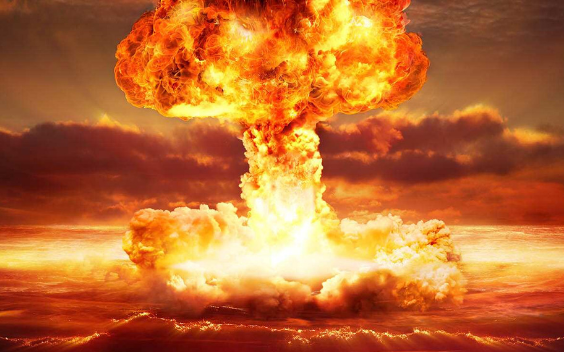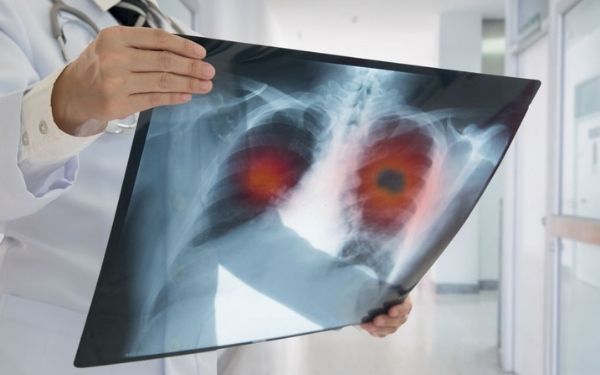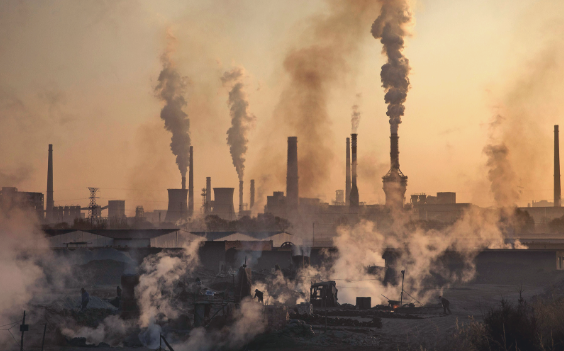Introduction:
Nuclear weapons include atom bombs, hydrogen bombs. Nuclear Weapons: A Threat to Human Life. They also include such other weapons which require radioactive elements for their synthesis. These are the most dangerous and the most terrifying weapons ever invented.
Extent of destruction:
Their extent of destruction is guessable by considering the deaths caused by these weapons. In 1945, nuclear explosion at Hiroshima caused 90000 to 146000 deaths. While at Nagasaki it caused almost 39000 to 80000 casualties. Roughly speaking, half of which occurred at the day of explosion .Many more deaths continued to occur till months after explosion.
A nuclear explosion has hundreds and millions times more damaging power than a conventional detonation. A nuclear weapon of 1 megaton has destruction level equivalent to that of 1000 tons of TNT (Tri nitro toluene, an explosive chemical). It can destroy an area of 80 square miles.
Consequences of a nuclear explosion
Heat emission:
A nuclear explosion emits an immensely large amount of heat energy. It is notable that 50 percent of energy is emitted in the form of air blast and the head emits 35% . Remaining 15 percent is released as radiations.
At the time of nuclear explosion, within fractions of a second a development of a high pressure heat wave takes place. This wave propagates and turns into a fire ball of large size. Air behind this wave is accelerated at very high speed creating a heavy shock.
Temperature at the site of explosion reaches 100000000 degree Celsius which is equal to the temperature of core of sun.
The produced fire ball creates two pulses. First pulse is of 1/10th part of a second containing ultraviolet radiations. Second pulse lasts for several seconds and contains 99 percent radiations which cause skin burns and eye injuries.
Nuclear Radiations:
Unlike conventional detonations which emitted only heat, emission of radiation accompanies a nuclear explosion. These radiations mainly include neutrons which can pass through everything even a concrete wall also. So it is impossible to evade their exposure.
(i)At the time of explosion:
Radiations emitted during the first minute of explosion are known as initial nuclear radiations. These mainly include neutrons and gamma rays and constitute 3 percent of the total radiation.
(ii)After the explosion:
Radiations emitted after the explosion are known as residual radiations and result from fission products and soil bursts. Almost 300 fission products form, some having life of less than a second. Others having that of months and years. They can cause several diseases.
Effects of radiations on Human Health
1-Hair loss:
Radiation exposure of more than 200 rem can cause hair loss. Rem is a unit for calculation of radiation absorbed by human body.
2-Brain:
Brain cells get damaged if the absorbed dose reaches 5000 rem. Radiations kill nerve cells and small blood vessels which may lead to seizure and even death.
3-Blood circulation:
An absorbed dose of 100 rem can cause damage to blood circulatory system. White blood cells which play a vital role in immune system of human body get damaged by radiations. Weakening of immune system causes vulnerability to infectious diseases.
4-Heart:
Absorbed dose of 1000-5000 rem affects blood vessels supplying blood to heart and damages them resulting in heart failure and death.
5-Reproductive System:
Cells of reproductive systems are fast growing as compared to other cells that’s why they are more likely to be affected by radiations. They can be affected by low doses even 200 rem dose can damage them. Damage to these cells may lead to infertility.
6-Blood disorders:
Exposure to radiations may cause anemia (reduction of RBC count). As a result low supply of oxygen to the tissues of body may cause several diseases. These diseases may persist even after 10 years of explosion.
7-Cataracts:
Absorbed doses of radiations also cause cataracts (blurred vision due to opaqueness of eye lens) and hair loss.
8-Cancer:
Ionizing radiations of nuclear explosion are carcinogenic (cancer causing). More probabilities of cancer development in the people of Hiroshima who suffered from radiation exposure is an evidence to carcinogenic nature of these radiations.
Mechanism to stop nuclear explosions in future:
There is no unequivocal or explicit rule under international law against use of nuclear weapons. However, International Humanitarian Law (IHL) restricts the lawful use of nuclear weapons. Some regimes also constituted regulatory frameworks for proliferation of nuclear weapons.
Treaty on the prohibition of Nuclear Weapons (TPNW):
It is the first legally binding international agreement to prohibit nuclear weapons. Having a goal of complete elimination of them. It was passed on 7th of July 2017. It required the consent and ratification of at least 50 countries in order to come into effect. As per 10th of August 2020, 44 states have ratified it.
Conclusion:
Nuclear weapons have immensely devastating effects not only on human life but on climate of this planet also. This issue if not tackled timely may result in huge destruction in the form of wastage of millions of human lives. We have no explicit law prohibiting the use of nuclear weapons. So it is the need of hour to restrict and control the race of nuclear weapons among the states before it is too late as Nuclear Weapons: A Threat to Human Life. And we will have nothing but regret at that time.
Global Warming and It’s Impacts —- Read More















0 Comments